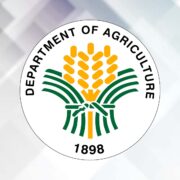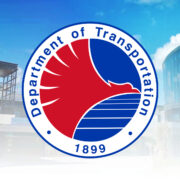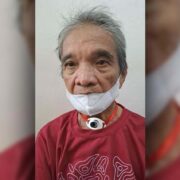Fixing Metro Manila’s road safety crisis

The Katipunan Flyover accident on Dec. 5, 2023 was a stark reminder of the perils of Metro Manila’s traffic and systemic failures. A truck with faulty brakes plowed into several vehicles during rush hour, killing four people and injuring 26 others. The truck driver, who initially fled, was arrested the following morning, and public discourse quickly focused on his culpability. Yet, this narrative misses the larger issue: systemic negligence by vehicle owners and lapses in regulatory oversight.
In the aftermath of the Katipunan tragedy, the Land Transportation Office (LTO) announced that the truck’s owner could face penalties for failing to maintain the vehicle. However, much of the immediate blame still fell on the driver. This focus on drivers as the primary culprits is a recurring theme in road accidents, reflecting a deeper societal bias against the powerless. Drivers, often poor and easily replaceable, are sent to jail while negligent vehicle owners avoid significant accountability.
LTO chief Vigor Mendoza II stated that owners might face suspension or revocation of vehicle registration if found negligent in maintaining their fleet. Yet the critical question remains: how effective is the LTO in enforcing existing maintenance and inspection protocols? For instance, while the driver had a history of overloading violations, no substantial data has been presented regarding the truck’s compliance with mandatory annual inspections. This raises a troubling point: how can the LTO expect compliance from private owners if its own records and enforcement mechanisms are inadequate?
The “broken windows” theory says that a noticeable number of broken windows is a telltale sign that a community is unkempt, has no community spirit, “does not care,” and will be prone to crime and disorder. The “broken windows” theory applies to Metro Manila’s traffic system: neglecting seemingly minor issues—like unlit license plates, unsecured cargo, or faulty brakes—creates a culture of impunity that leads to larger, more destructive failures. Trucks and buses, often in disrepair, become symbols of this negligence. When these vehicles are involved in accidents, the problem isn’t instantaneous; it results from years of ignored warnings, poorly maintained systems, and insufficient enforcement.
Neglecting road safety reflects a broader societal disregard for issues like poverty alleviation, social justice, and human rights. If we cannot ensure something as fundamental as safe roads, how can we claim to be serious about solving larger societal problems?
In countries like Sweden and Japan, strict liability laws hold vehicle owners responsible for maintenance failures. For example, Japan’s Shaken system mandates regular and thorough inspections, ensuring unfit vehicles are removed from the roads. Metro Manila must adopt similar measures, emphasizing that vehicle owners, not drivers, bear the primary responsibility for road safety.
Heavy penalties often encourage creative avoidance by those with resources. Instead, enforcing consistent and proportional punishments can act as a greater deterrent. For instance, negligent owners whose vehicles cause accidents should face incarceration—even brief sentences would send a powerful message about accountability.
Cities like Singapore and London employ advanced data analytics to monitor traffic patterns, predict risks, and enforce compliance. Manila could use similar tools to identify high-risk vehicles, track maintenance records, and automate inspections. Linking these systems with real-time enforcement could significantly reduce accidents.
What is to be done? Here are some practical solutions for Metro Manila:
Institutional reforms: (1) require vehicle owners to submit regular, verifiable maintenance records, with third-party audits for commercial fleets; (2) establish a centralized digital system to track vehicle inspections, violations, and accident histories.
Partnerships and civic engagement: (1) collaborate with universities and advocacy groups, such as the Automobile Association of the Philippines, to conduct vehicle safety audits and public awareness campaigns; (2) engage community organizations in monitoring road conditions and vehicle compliance.
Preventive measures for high-risk vehicles: (1) mandate additional inspections for trucks and buses, focusing on critical systems like brakes and cargo restraints; (2) introduce a rating system for transport companies, with public disclosure to encourage compliance and accountability.
The Katipunan Flyover tragedy encapsulates the systemic failures plaguing Metro Manila’s road safety. Fixing these issues requires more than assigning blame; it demands structural reforms that prioritize accountability, enforce compliance, and foster collaboration between the government and civic society. By addressing these gaps, Metro Manila can transform its roads from sites of tragedy into pathways for progress and safety.
—————–
doyromero@gmail.com


















